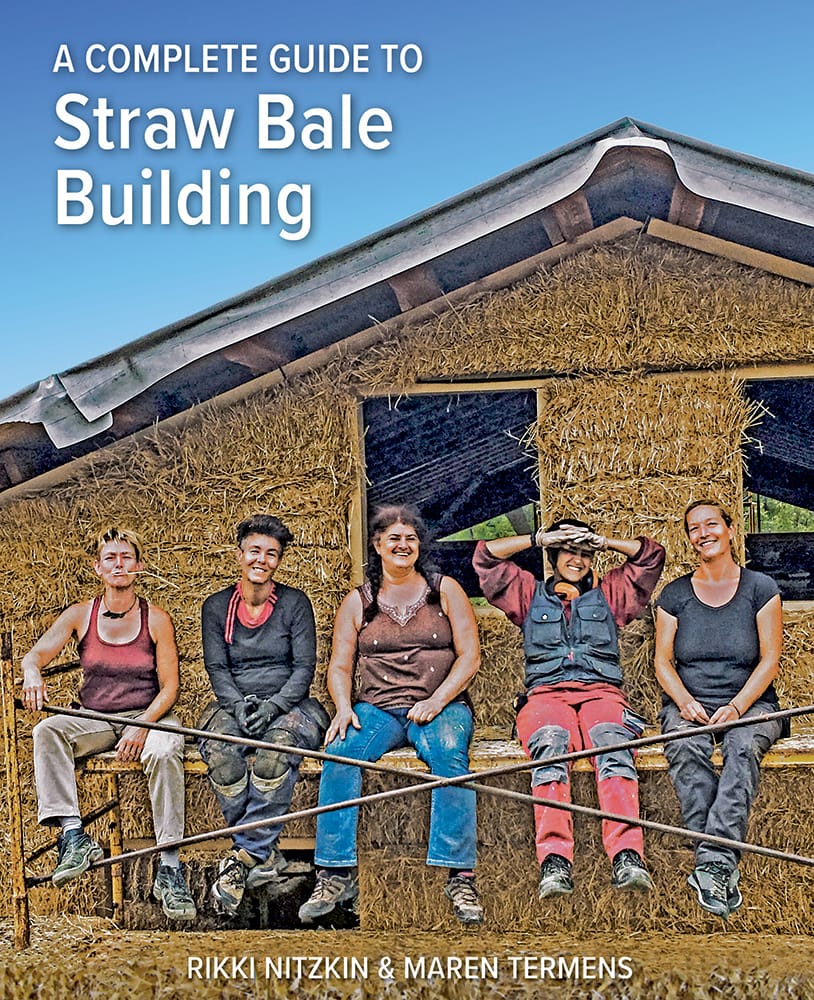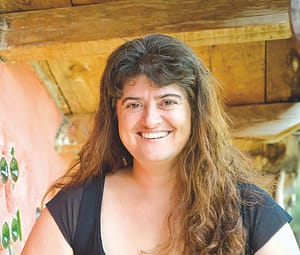A Complete Guide to Straw Bale Building
A soup-to-nuts guide to straw bale construction, written by the founders of the Spanish Straw Bale Network
Straw bale buildings are warm in winter and cool in summer. The natural materials used create beautiful healthy homes that also have a low environmental impact. Highly affordable for self-builders, in professional construction, the relationship between quality, price, and long-term savings can easily be achieved. Straw bale is also especially suited to community-based projects as it generates curiosity and often needs groups of enthusiastic volunteers.
This complete guide gives detailed descriptions about how straw bales react to different applications and enables anyone to design and build these natural homes in different climates.
Included are:
- Step-by-step instructions for many processes
- Tips, tricks, advice and warnings
- Over 600 photos, drawings and diagrams
- Materials, tools and building techniques
- Solutions to common problems
- Plans for a practice straw bale building
Since every build is unique (availability of materials, skills, budget, climate etc.), many different and varied building techniques are explained. Self-builders will learn a vast array of skills and the confidence to build their own, while professionals will be enabled to successfully incorporate bale building into their portfolios.








